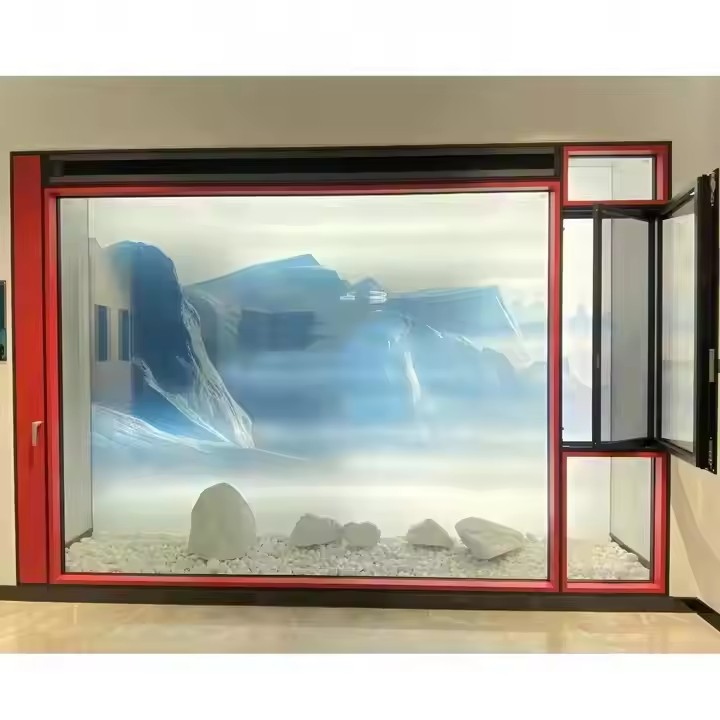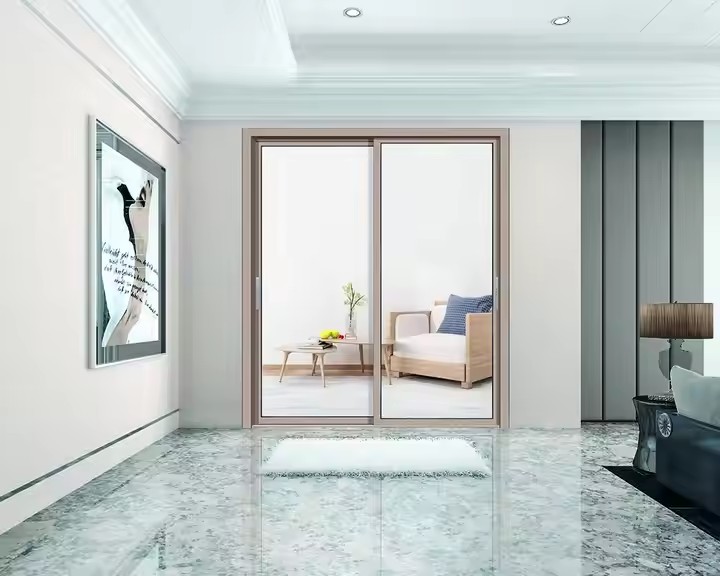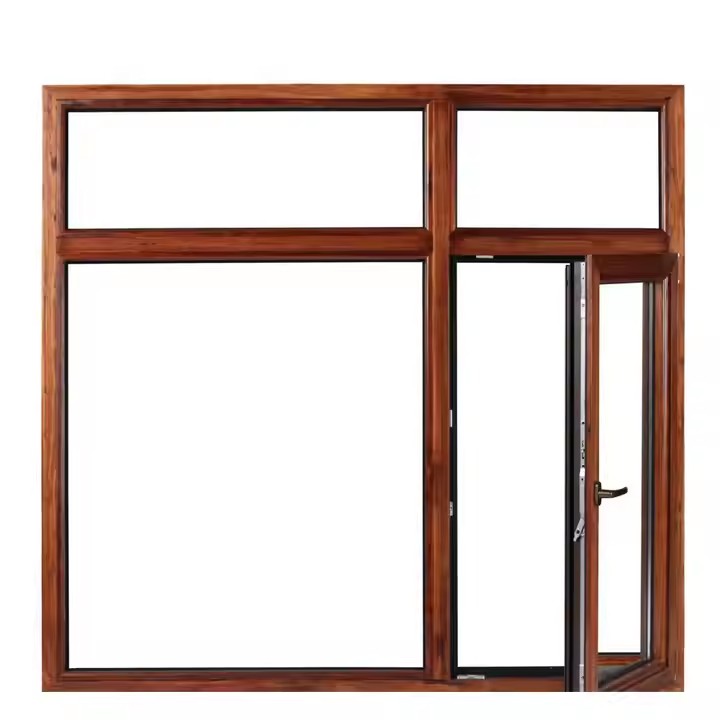In the Australian market, sliding doors have become a highly practical choice for both residential and commercial spaces, thanks to their adaptability to local climate, lifestyle, and architectural styles. Their applications can be summarized across three main dimensions: residential spaces, commercial scenarios, and special functional needs. Each usage is closely tied to Australia’s unique regional characteristics.
- Residential Spaces
Sliding doors serve as a key connector between indoor and outdoor living, which aligns with the Australian “outdoor-first” lifestyle philosophy. Most Australian homes feature courtyards, patios, or swimming pools. The frameless design and wide opening of sliding doors minimize the visual boundary between indoors and outdoors. For example, installing panoramic glass sliding doors between the living room and backyard allows the two spaces to merge seamlessly when opened. This enables easy transition from the lounge to outdoor barbecues or tea breaks, while maximizing natural light penetration, enhancing indoor comfort during Australia’s long summer days.

In bedrooms, particularly master suites facing gardens or pools, sliding doors often replace traditional hinged doors. They not only save indoor space (avoiding conflicts with wardrobes or dressing tables) but also provide sound insulation through glass panels, blocking rain or neighbor noise, ensuring both convenience and privacy.
In compact homes or apartments, sliding doors enhance the perception of space. For instance, using slim-frame sliding doors between kitchens and balconies separates cooking fumes without making small areas feel cramped, in line with urban apartment designs that emphasize openness and transparency.
- Commercial Scenarios
In commercial spaces, sliding doors focus on functionality and customer flow management. Retail outlets such as fashion stores or cafés in shopping centers frequently use sliding doors. Aluminum-framed sliding doors allow flexible adjustment: partly closed on weekdays to retain air-conditioning (important for energy efficiency in Australia’s hot summers and cold winters), but fully opened during weekends or sales events to create an inviting “open-store” appearance that attracts passersby.
Restaurants, especially outdoor cafés and beer gardens, favor folding sliding doors. These doors fold and stack neatly, merging indoor dining areas with outdoor terraces. This suits Australians’ preference for al fresco dining, particularly in pleasant spring and autumn seasons, effectively expanding seating capacity and improving turnover.
In office environments, sliding doors are also common. For instance, sliding doors between a pantry and corridor help contain steam or food odors, while frosted glass sliding doors in meeting rooms balance privacy with natural light penetration, preventing rooms from feeling dark and enclosed.

- Special Functional Needs
In specific scenarios, sliding doors address climate resilience and spatial flexibility. In tropical and subtropical regions such as Queensland and Western Australia, where heavy rain and cyclones are common, residential or vacation homes often use storm-resistant sliding doors. These typically feature reinforced aluminum frames, aging-resistant EPDM sealing strips, and double-glazed tempered glass, offering both strong wind resistance and thermal insulation to reduce cooling energy use.
In villas, sliding doors sometimes replace traditional roller garage doors. Horizontal sliding metal doors operate more quietly and with lower maintenance costs, making them popular for suburban standalone houses.
For accessibility, sliding doors are widely applied in aged care facilities and public buildings. Their effortless operation, combined with automatic sensors, makes them an essential component of barrier-free design — a requirement strongly emphasized in Australian public infrastructure standards.
Conclusion
Overall, the use of sliding doors in Australia reflects a comprehensive adaptation to climate conditions, lifestyle preferences, and building standards. They address extreme weather challenges through energy efficiency, wind and water resistance; support residential aspirations for seamless indoor–outdoor living and flexible space utilization; and meet commercial needs for customer flow and energy management. As such, sliding doors have become a mainstream door and window solution across multiple application scenarios in the Australian market.

